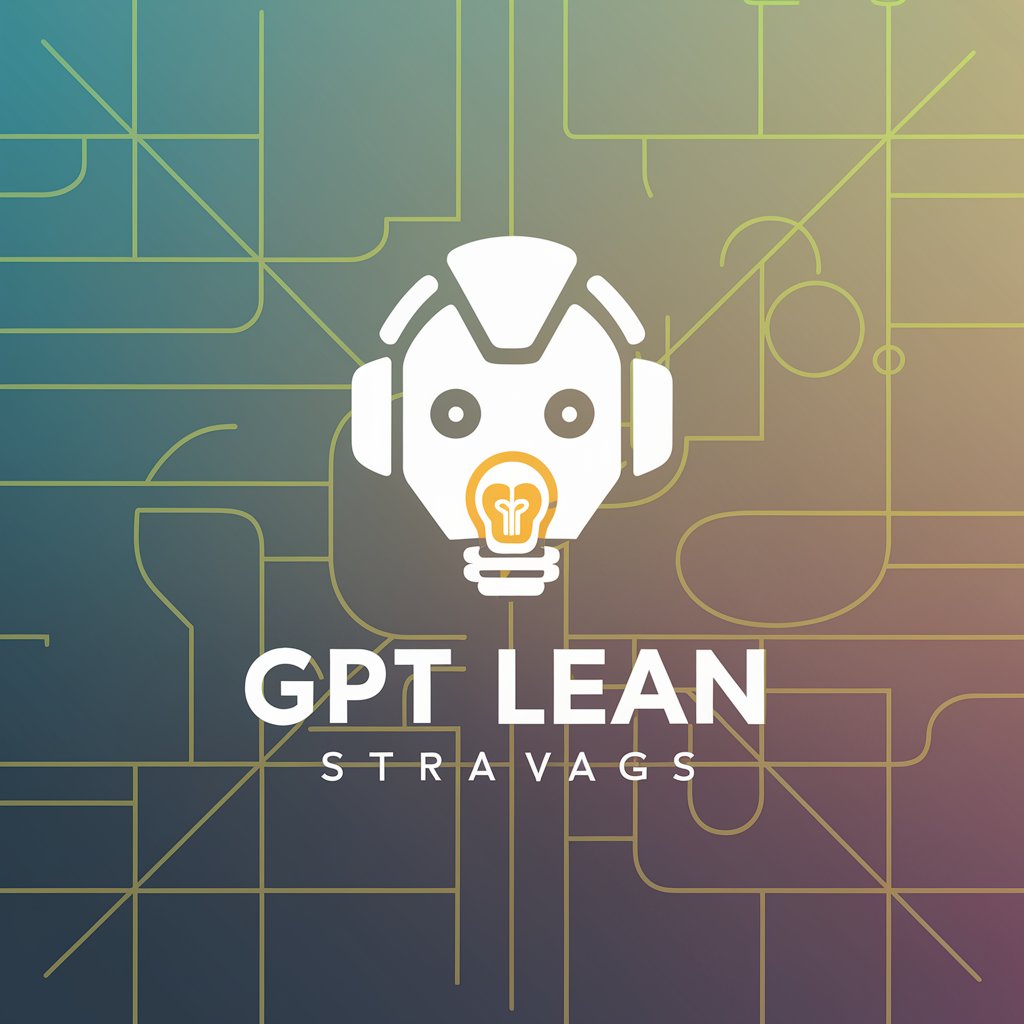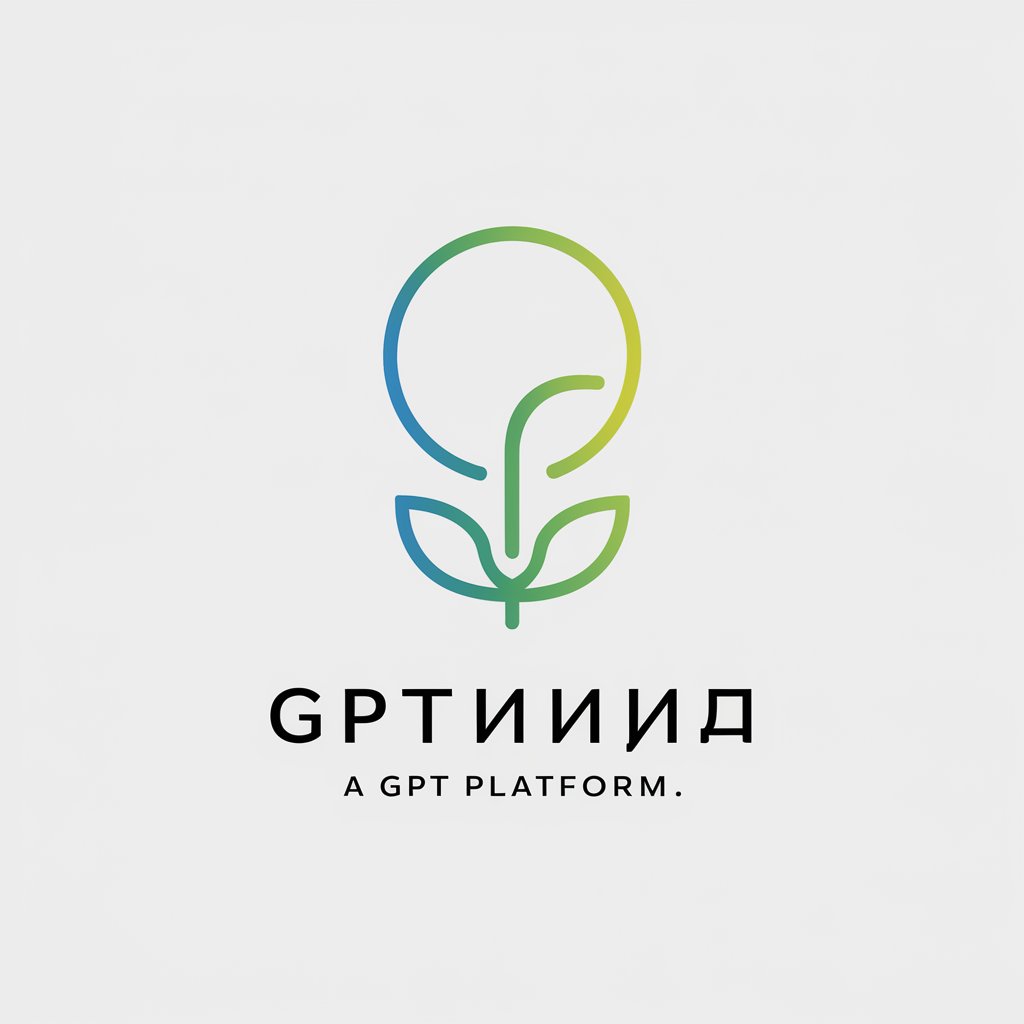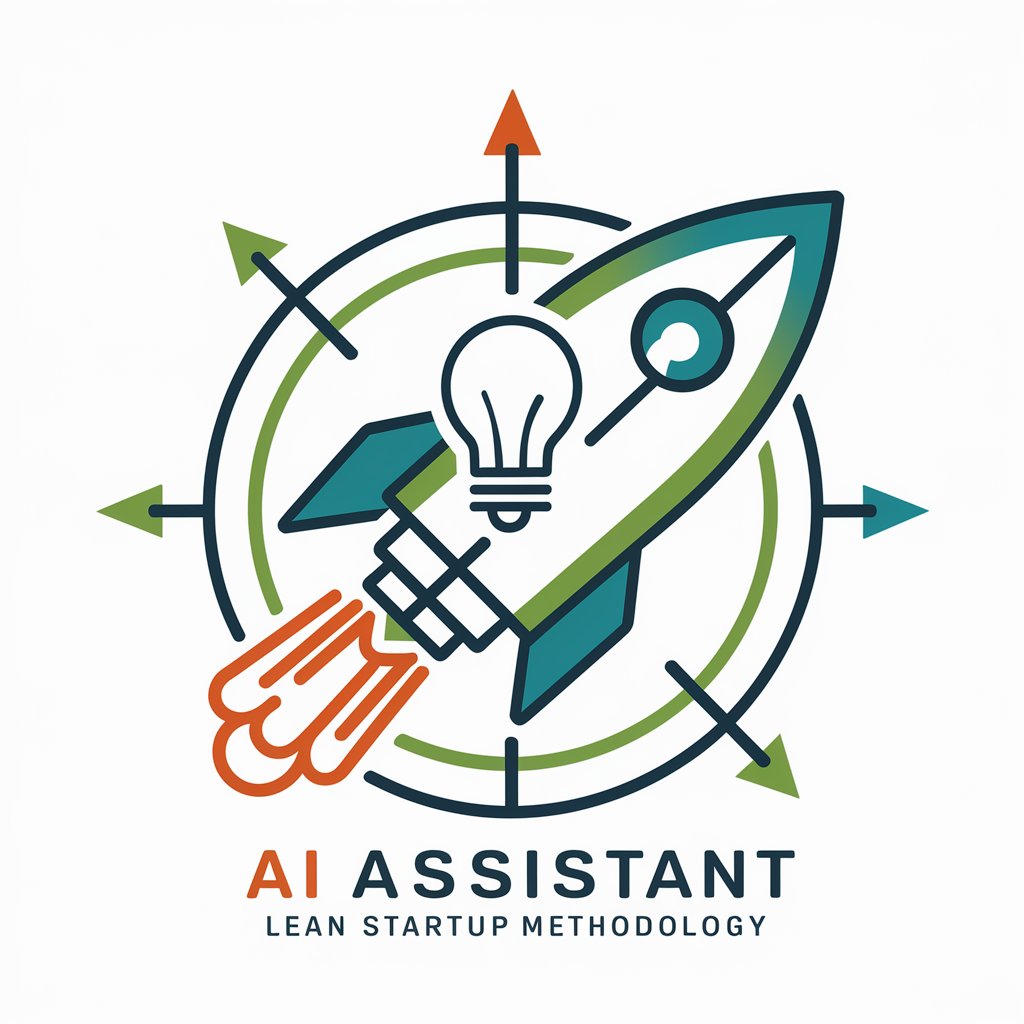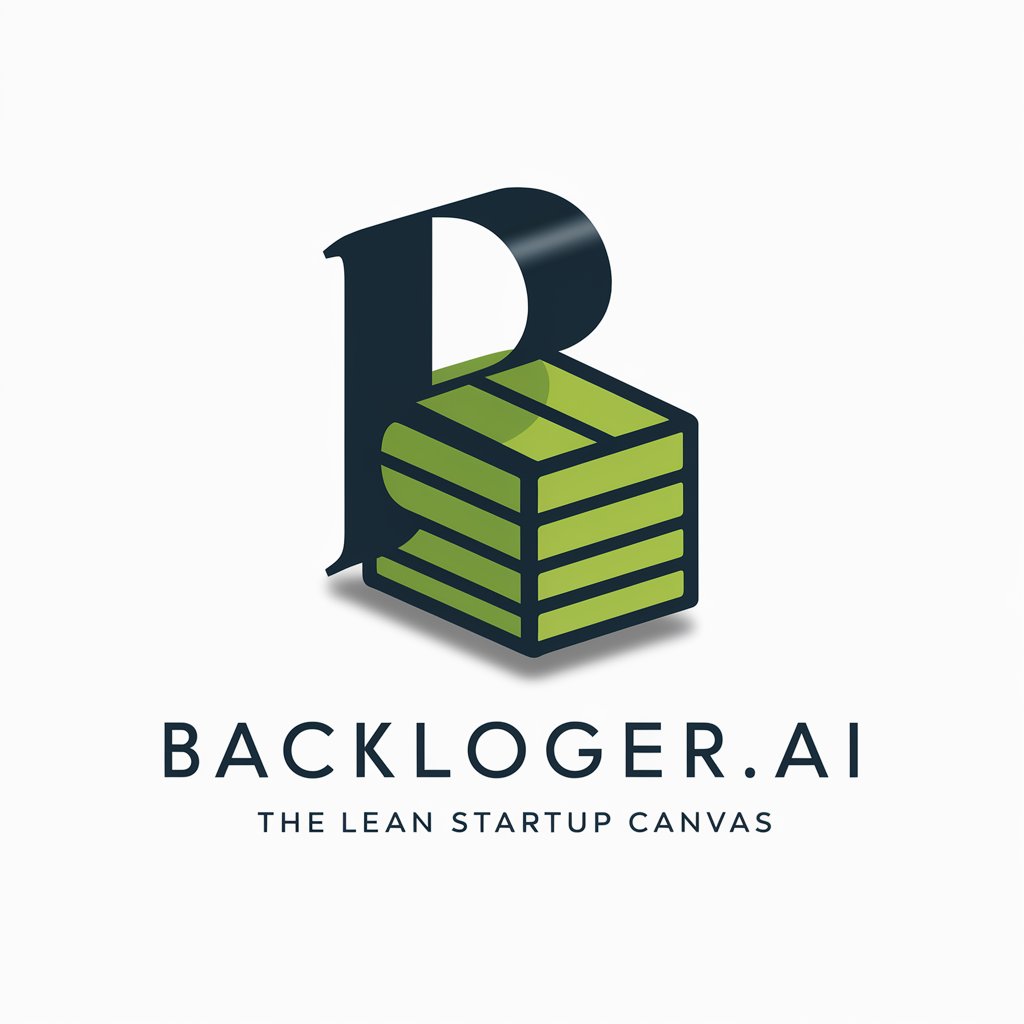
Lean Canvas - Lean Canvas Planning Tool
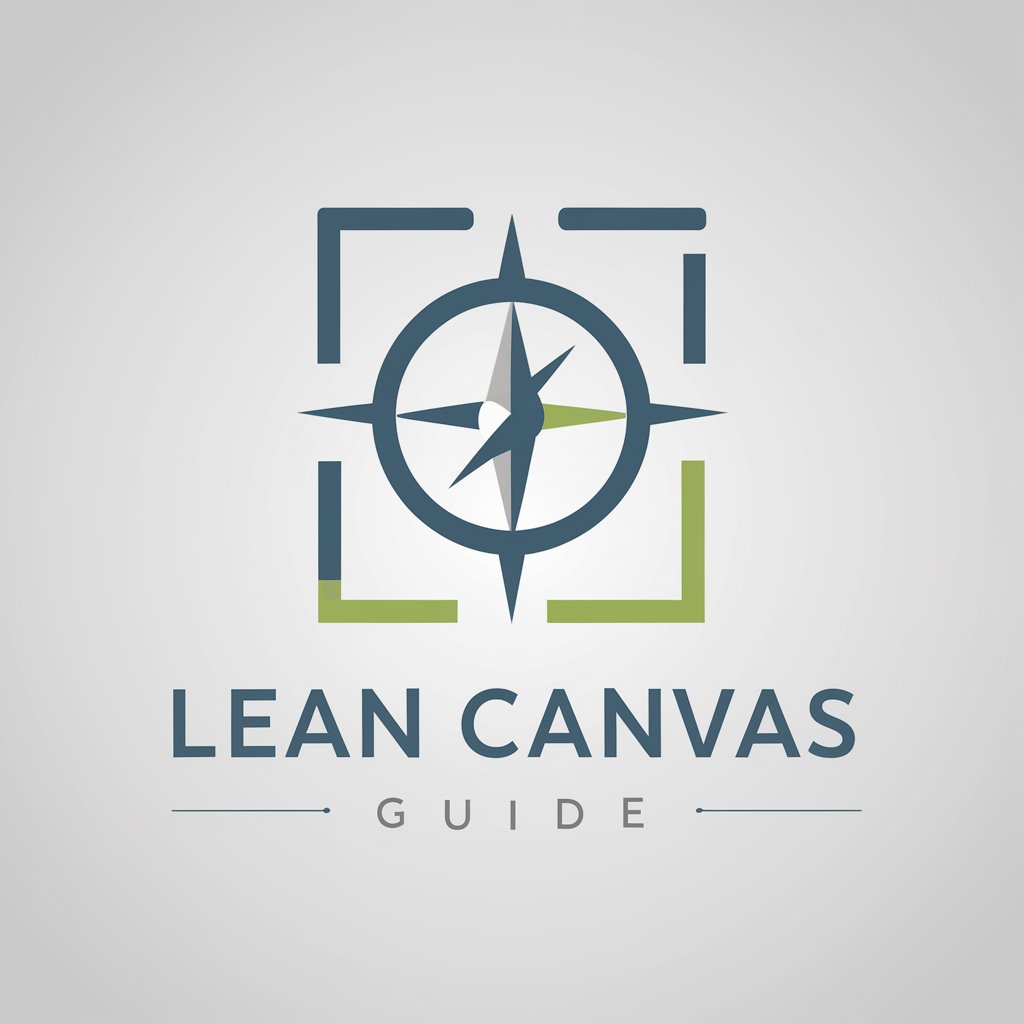
Welcome! Let's create a comprehensive Lean Canvas for your business idea.
Simplify Your Business Model with AI
What is the main problem your business aims to solve?
Describe your unique value proposition in one sentence.
Who are your target customer segments?
What channels will you use to reach your customers?
Get Embed Code
Lean Canvas Introduction
Lean Canvas is a strategic management and Lean Startup template designed to help entrepreneurs and innovators communicate their business ideas effectively. It simplifies the process of developing a business model by focusing on problems, solutions, key metrics, and competitive advantages, laid out in a concise, one-page document. This approach encourages rapid iteration and refinement without the need for extensive business plans. For example, a tech startup might use Lean Canvas to quickly outline how its new app solves the problem of inefficient public transportation scheduling by providing real-time updates and personalized route planning. Powered by ChatGPT-4o。

Main Functions of Lean Canvas
Problem Identification
Example
A food delivery startup identifies 'slow service and limited restaurant options' as a primary problem for its target customer segment.
Scenario
The team uses Lean Canvas to outline this problem, setting the stage for brainstorming solutions.
Solution Articulation
Example
The same food delivery startup outlines its solution: 'A mobile app offering fast delivery from a wide range of restaurants, with an AI recommendation engine.'
Scenario
Lean Canvas helps the team focus on developing a clear and compelling solution that addresses the identified problems.
Unique Value Proposition
Example
A new online education platform identifies its UVP as 'personalized learning paths for every student, using AI to adapt in real time to their needs.'
Scenario
Through Lean Canvas, the platform communicates how its solution stands out in a crowded market.
Market Definition and Customer Segments
Example
A fintech startup uses Lean Canvas to define its primary customer segment as 'millennials seeking easy-to-use financial planning tools.'
Scenario
Identifying and understanding the target market allows the startup to tailor its marketing and product development efforts more effectively.
Revenue Streams and Cost Structure
Example
An e-commerce platform identifies 'subscription fees and transaction commissions' as its main revenue streams, with 'hosting, development, and marketing' as primary costs.
Scenario
Lean Canvas prompts the team to consider how the business will make money and sustain operations, ensuring a viable business model.
Ideal Users of Lean Canvas Services
Entrepreneurs and Startups
Individuals and teams in the early stages of business development who need a clear, concise framework to quickly iterate and validate their business ideas. Lean Canvas helps them focus on core assumptions and test them with minimal investment.
Innovators in Established Companies
Intrapreneurs within larger organizations looking to introduce new products or services. Lean Canvas provides a structured approach to evaluate new ideas against market needs and the company's strategic goals.
Educators and Students
Academic professionals and students studying entrepreneurship or business management can use Lean Canvas as a practical tool for applying theoretical concepts to real-world business ideas.
Product Managers and Developers
Teams focused on product development and innovation can utilize Lean Canvas to align their product vision with market demands, ensuring a user-centered approach to design and development.

Guidelines for Using Lean Canvas
1
Start by accessing a comprehensive business model planning tool for free at yeschat.ai, no ChatGPT Plus or login required.
2
Identify the main problem your business idea solves. Focus on the top three problems your target customer faces.
3
Propose a solution for each problem listed. Ensure your solutions are viable and directly address the problems identified.
4
Define your unique value proposition. Clarify what makes your solution distinct and better than existing alternatives.
5
Fill in the remaining sections: Customer Segments, Channels, Revenue Streams, Cost Structure, and Key Metrics. Use customer feedback and market research to refine your canvas.
Try other advanced and practical GPTs
Lean Sensei
AI-Powered Lean Methodology Expert
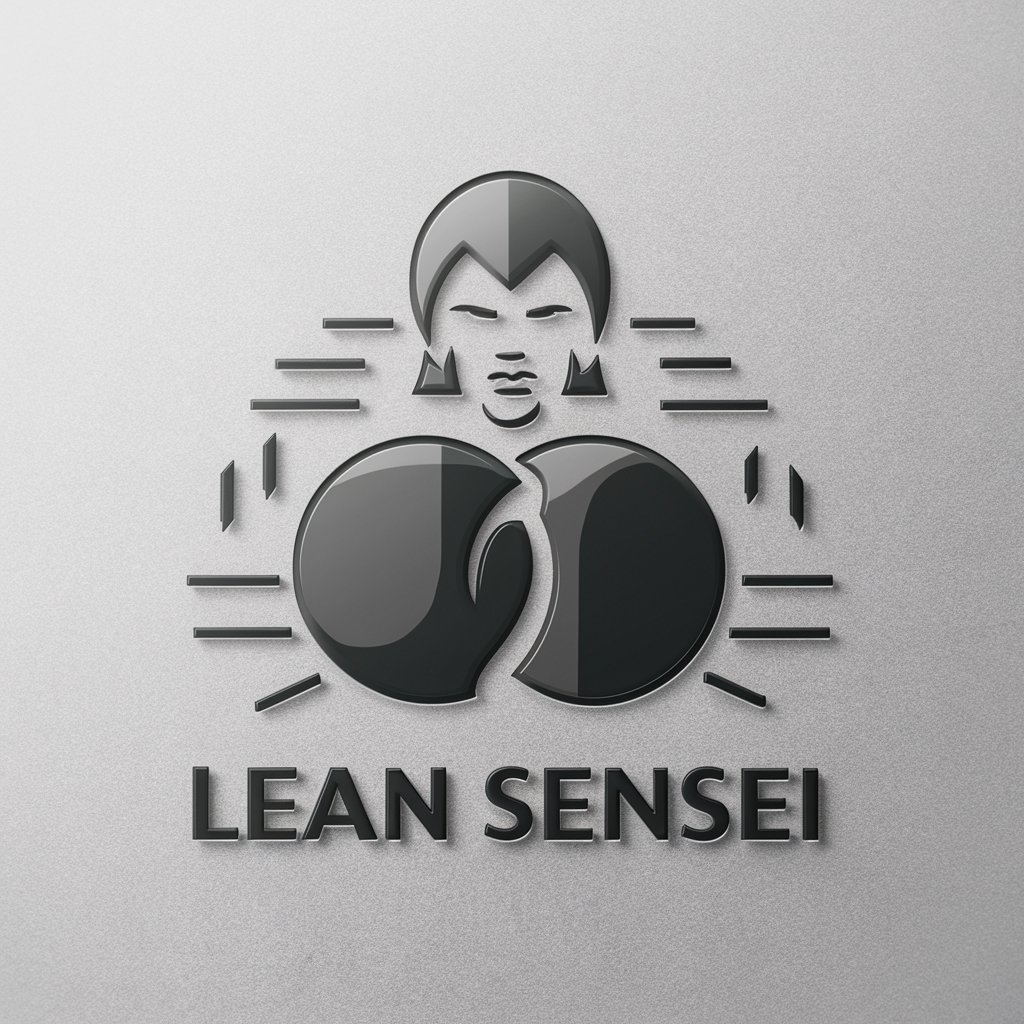
Lean 4 Tutor
Master theorem proving with AI guidance.

Lean Guide
Empowering Lean Mastery with AI

Recipe Generator
AI-Powered Culinary Creations at Your Fingertips

Introduction to Complex Analysis Tutor
Unlock complex analysis with AI
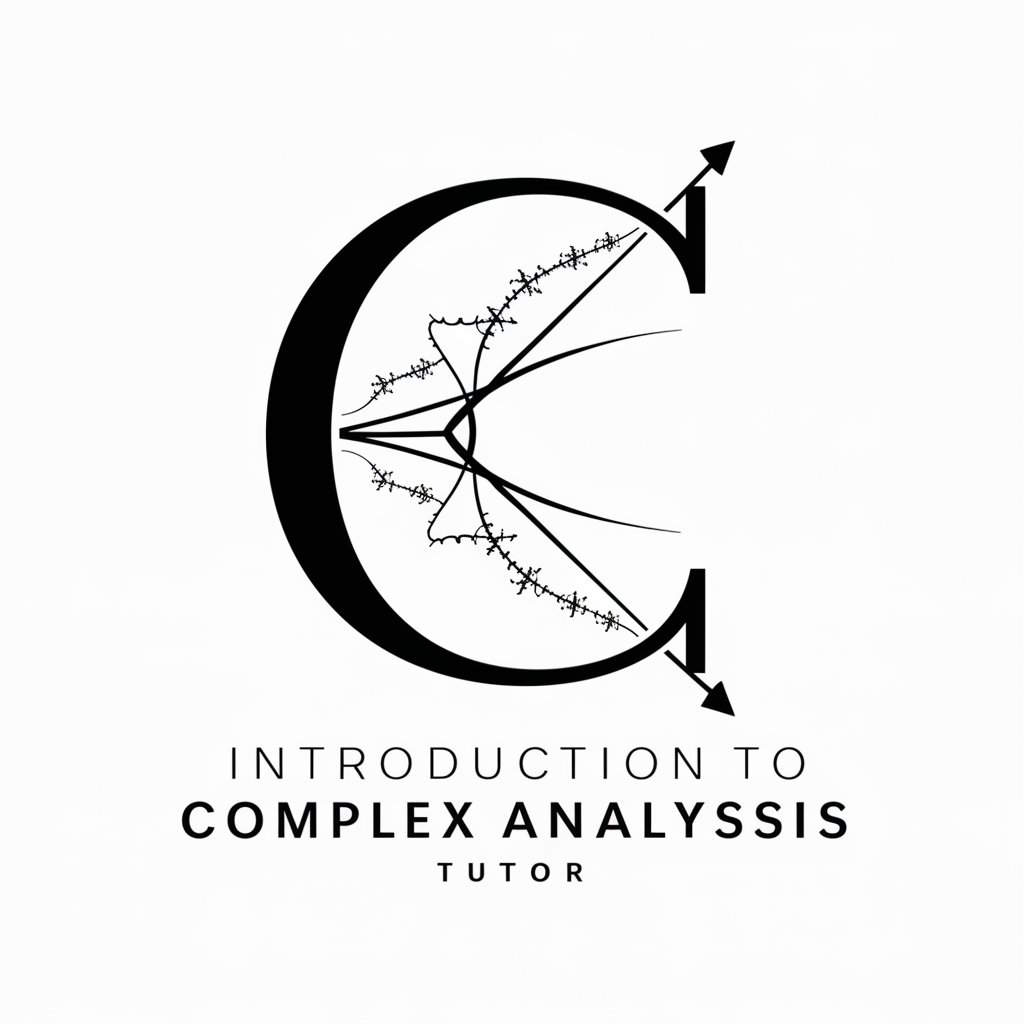
Self introduction writing, recruitment
Craft Your Career Story with AI
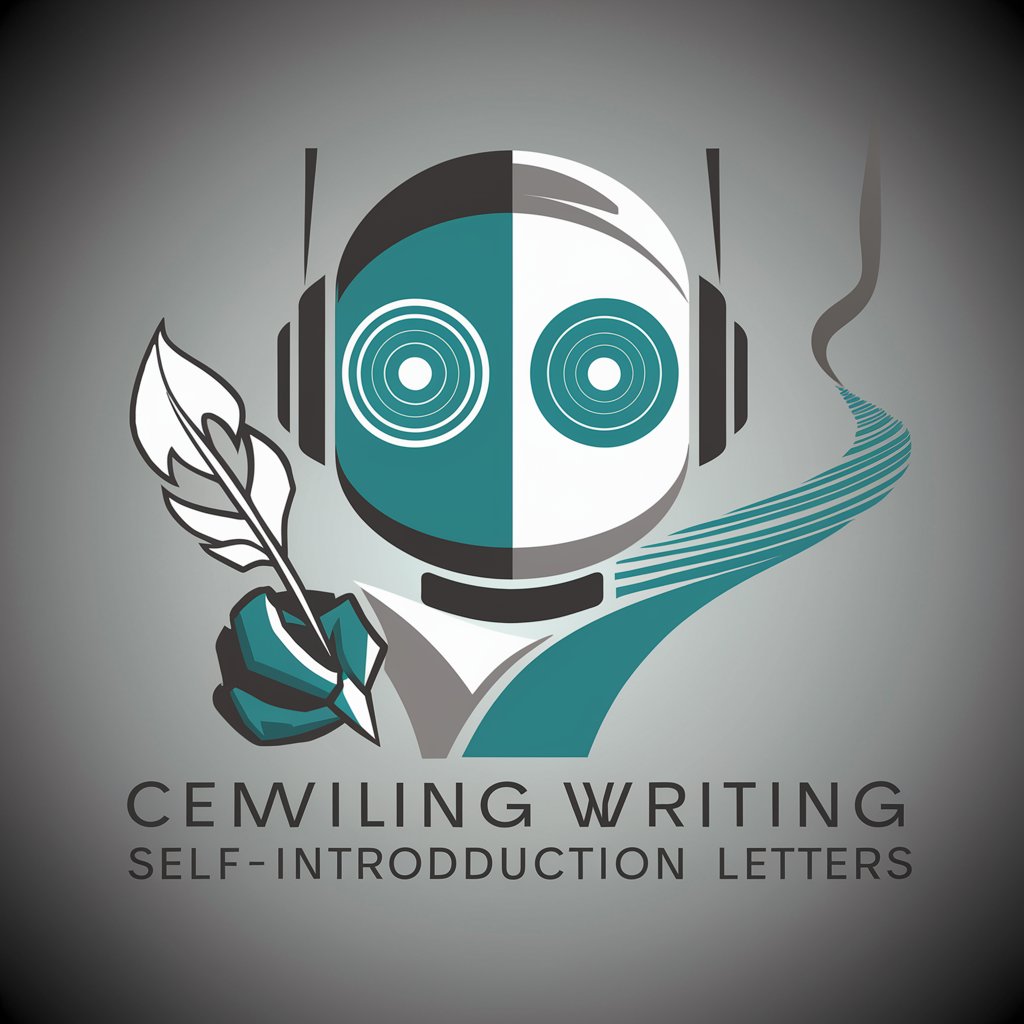
Lean Mentor
Empowering Lean Excellence with AI
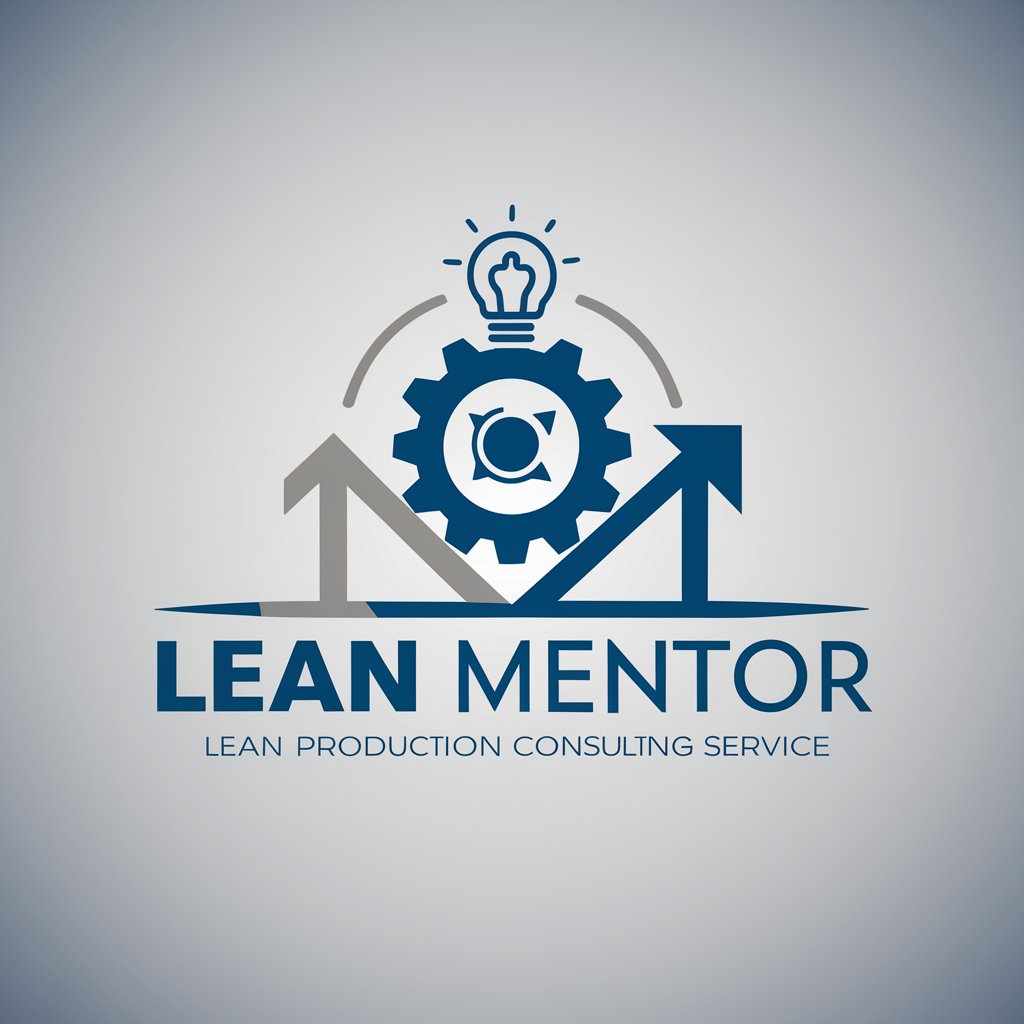
Patellofemoral Pain Syndrome.
AI-powered knee health advisor

Pain Prodigy
Empowering pain management with AI-driven insights.

Shoulder pain
AI-Powered Shoulder Pain Management
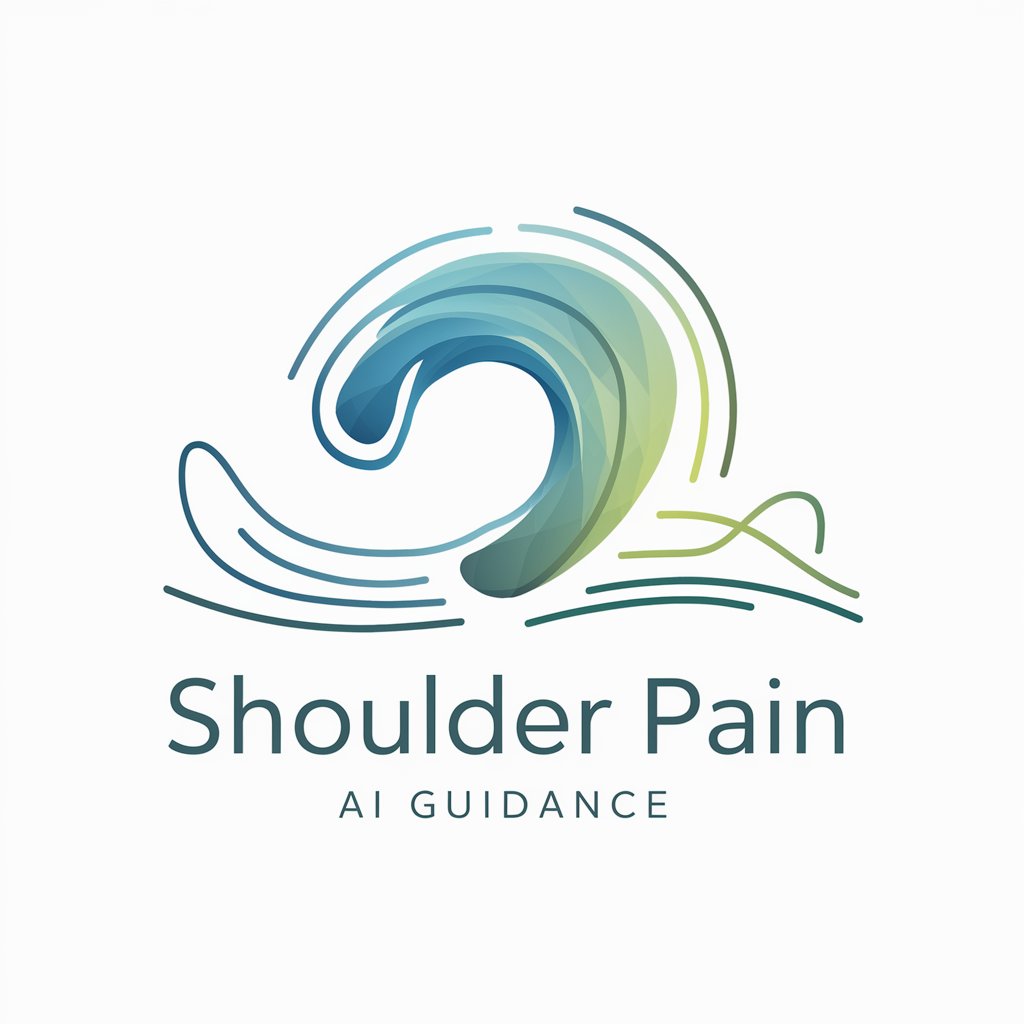
Knee pain
Empowering Your Journey Towards Knee Health

Back Pain
AI-Powered Back Pain Relief Solutions
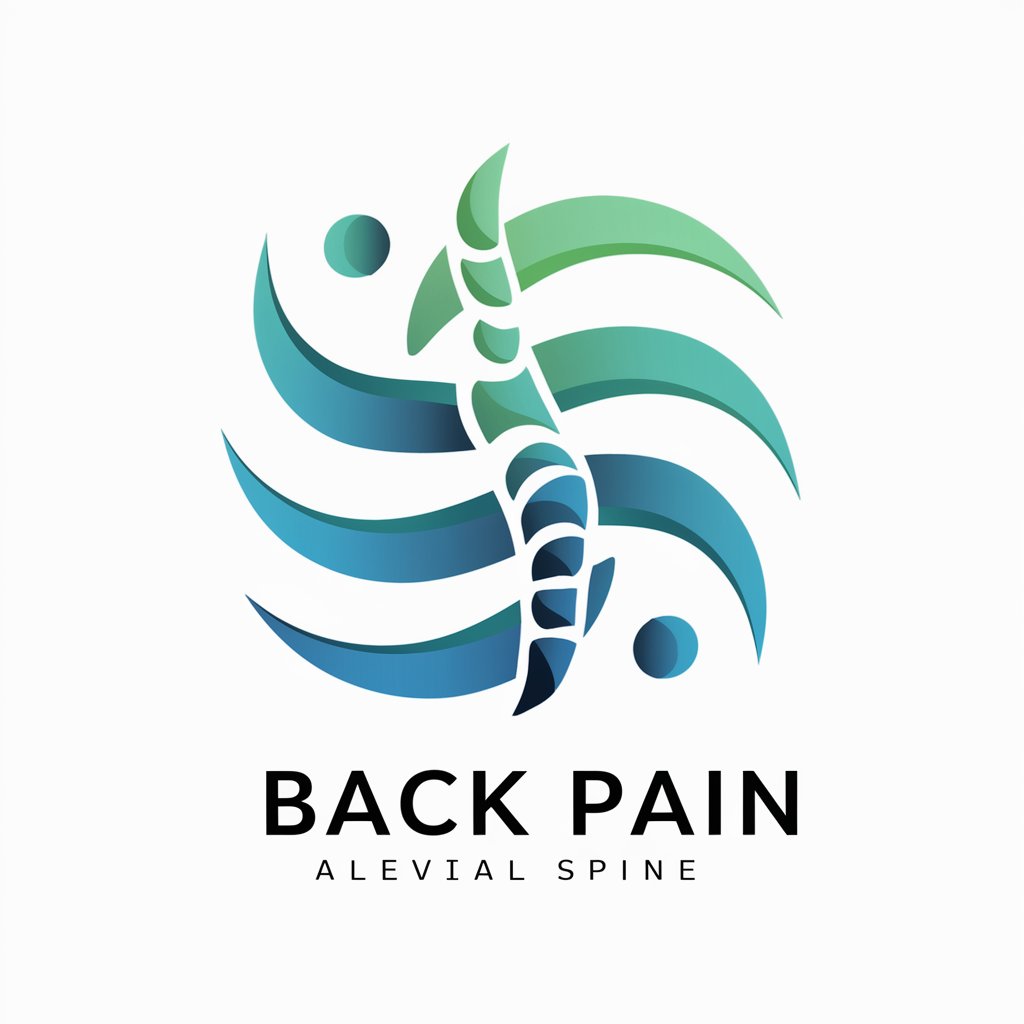
Lean Canvas FAQs
What is the Lean Canvas?
The Lean Canvas is a one-page business plan template that helps entrepreneurs deconstruct their idea into key assumptions. It focuses on problems, solutions, key metrics, and competitive advantages.
Who should use the Lean Canvas?
Startup founders, entrepreneurs, and business students who are looking to quickly validate their business ideas without the complexity of a full business plan.
How often should the Lean Canvas be updated?
The Lean Canvas should be revisited regularly, especially as you gather more insights from customer feedback, market research, or as your business evolves.
Can Lean Canvas replace a traditional business plan?
For many startups and lean businesses, the Lean Canvas can replace sections of a traditional business plan, particularly in early stages for validation and iteration. However, for more formal requirements like seeking bank loans, a detailed business plan may still be necessary.
How does the Lean Canvas help in identifying customer segments?
The Lean Canvas prompts you to define your customer segments clearly, helping you to identify and understand your target market, their needs, and how your solution fits into their lives.
